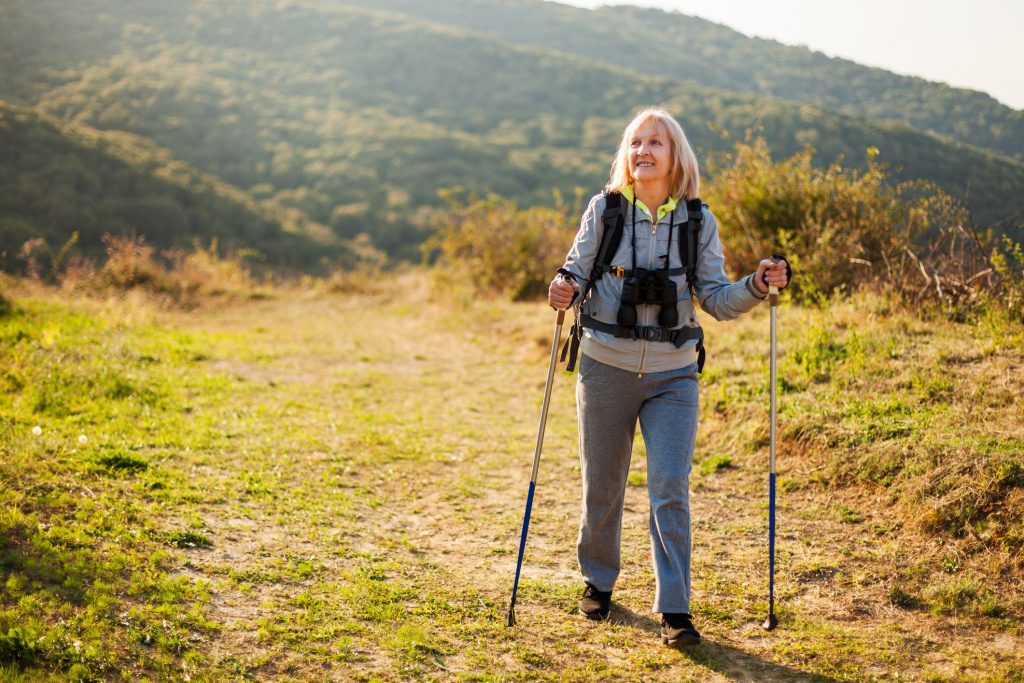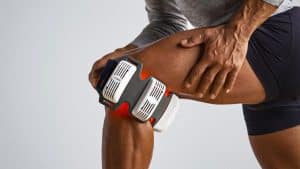I bet you’ve seen more than one movie where someone is walking around outside and using those little sticks. You’ve probably thought they were a special movie thing or only meant for really rough terrain, but there’s actually more to those poles than you know, folks!
Walking poles, also known as hiking poles, are very common in Europe. They’re especially popular in Austria and Switzerland, where older adults use them to walk quickly over the alpine hillsides. But they’ve been catching in the US as well, probably because they are actually useful in a variety of ways–especially for those with joint problems–and offer more of a workout than you may think.
First of all, walking poles can help you burn more calories during your walk because the pole makes you put your upper body to work. When you’re hiking, these poles make it easier to go uphill and improve your form because they help you keep your momentum forward, with your arms and chest out in the front. You can also use them to better keep your balance and improve stability when you’re moving over rougher terrain or having balance issues.
As noted by the Mayo Clinic, if you back problems or arthritis, walking poles can help keep you moving because they take some of the burden off of your knees, hips and lower back (https://www.mayoclinic.org/healthy-lifestyle/fitness/expert-answers/walking-poles/faq-20057943).
The Arthritis Foundation also states that if you have any joint injuries in your back or the lower part of your body, walking poles can help absorb some of that impact each time you step, especially when you are headed downhill (https://www.arthritis.org/health-wellness/healthy-living/physical-activity/walking/why-try-nordic-walking).
Walking poles are becoming more common in the US, likely because of all of the benefits they offer, and they are simple to use. Most pole sets have rubber tips at each end meant to grab the pavement, along with wrist straps toward the top that secure them to your arms.
When you go to walk with the poles, you simply grip the handles and push off every time you take a stride. To find the right set of poles for you, consider your height and stride length. Generally, your elbows are meant to be at about 90 degrees when you hold the pole ends by your toes, although this may vary depending on your comfort level.
To ease the impact of walking on your joints and add some zing to your workout, try walking poles today. It’s an easy way to get yourself up and moving, especially if you’re experiencing joint trouble.




